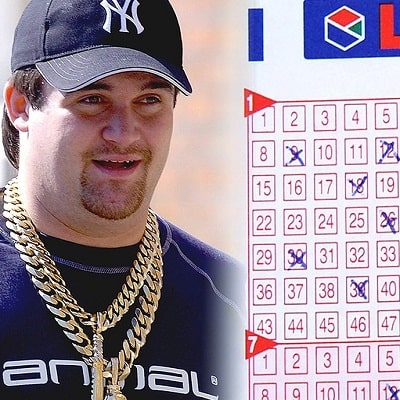
The man who cracked the lottery and became a multiple winner
From the mid to late last century, the notorious economist Stephan Mandel won the lottery as many as 14 times. Actually the chances of winning are slim, one would rather be struck by lightning than succeed at the lottery, but here the system has been broken as many as 14 times.
It is worth noting straight away that Stefan did not have too much and prestigious education, he was a mathematician and studied it at an amateur level. His salary was $88 a month, and he had to support his family on that money. But after mathematics began to be used in a different way, things changed for the better.
Mandel’s original idea was to figure out what the lottery was and how to beat it. He quickly realised that the key to winning was in the mathematics, and that he simply had to figure out the jackpot, where the final price was 3 times the potential amount.
That is, if it was a lottery, which required guessing 6 numbers to 40, there were almost 4 million possible combinations. And the mathematician waited until the jackpot amount increased by a factor of 3.
Of course, one ticket costs a dollar, and for each individual combination it is possible to buy a ticket and then hit the jackpot. Of course, there were losses in this case, but when the jackpot amount became larger, such manipulation made sense.

How did the lottery become a business?
The extra costs, like logistics, were something that made running a business a lot more complicated, and quite a lot more so, even though the original idea was quite simple.
After Stefan identified the lotteries with the right winning combinations, he decided to bring together investors who invested only a few thousand dollars in the project. After that, millions of copies of tickets with every possible combination were simply printed. However, he kept the winning ones and distributed them among the investors, and gave the others to the dealers.
This scheme was originally used in Romania. All the time spent on the calculations was justified, as the amount of winnings was about 20 thousand dollars. And in the 1970s, Stephan started doing the same thing, but already in Australia and England.
Of course, the scheme had some disadvantages. Initially, all variants of combinations had to be written manually, and the human factor played its role. While the jackpot amount was rather small, the winnings had to be divided among the investors. And in the end he kept about 4 thousand dollars for himself. But the biggest win was in 1987, when the jackpot amounted to 1.3 million. After tax and distribution of funds among investors, Stefan himself got 97 thousand dollars.
And with the advent of computers, things only got better as manual work was now done in software. By creating a whole team of specialists who were tracking the jackpot for a few years he had won 12 lotteries with a total value of $400 thousand, after which the authorities became interested in him. The laws changed and the system was fine-tuned. But he kept refining his own scheme and soon even started cheating, thereby increasing his own fortune. It is now forbidden to print tickets at home.
